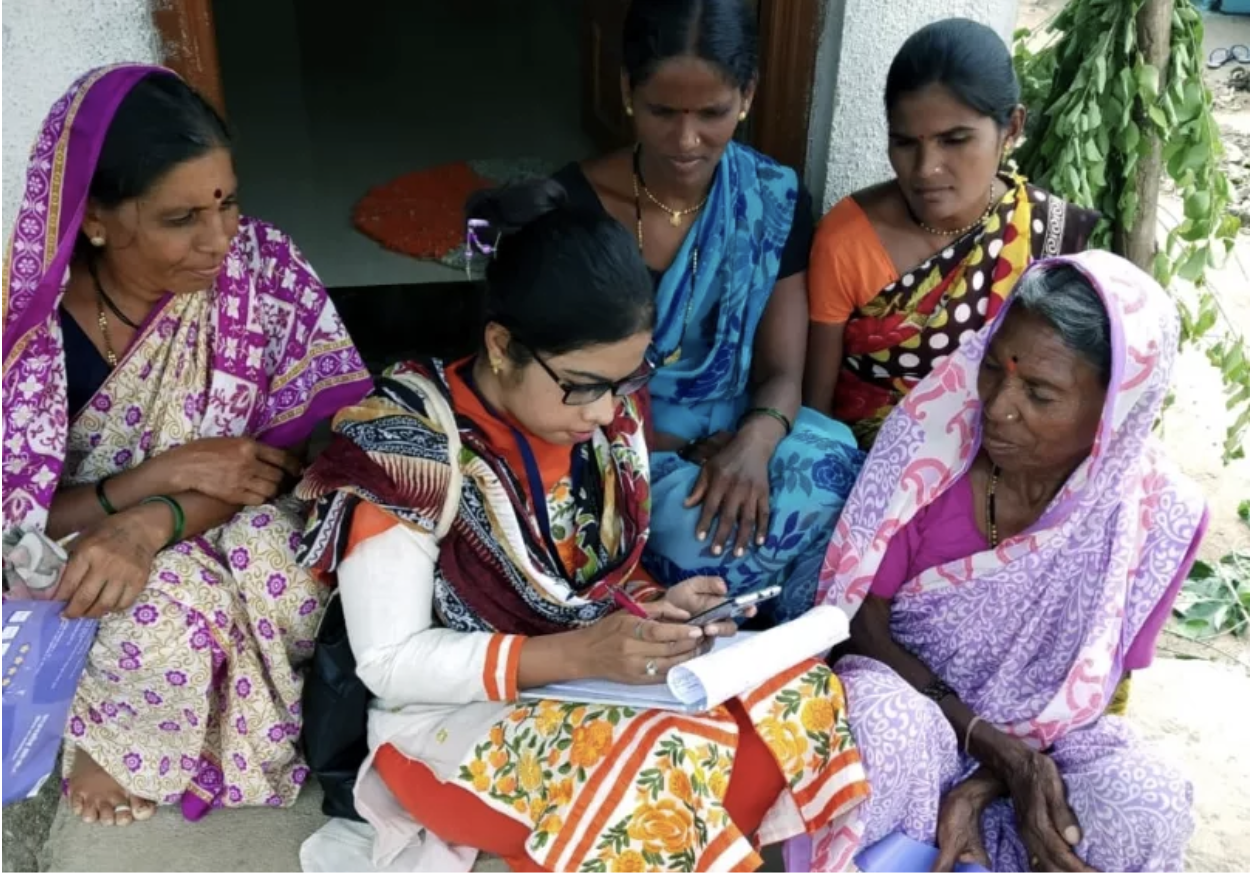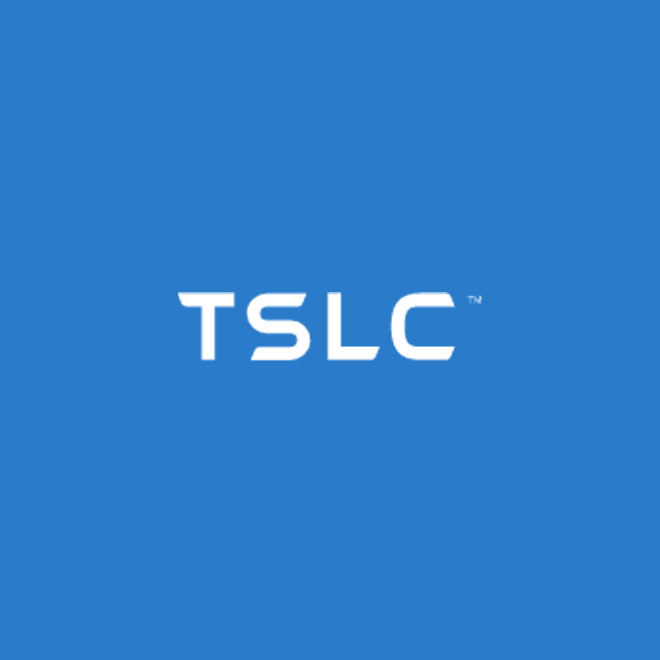FinTech has transformed the way people interact with money. LendTech is one of the latest innovations that have grabbed the spotlight and is here to stay.

Increasingly, people are looking for services at their fingertips– getting a loan is no exception.
Fintech start-ups are creating new ways for consumers to access banking services that would otherwise be challenging with brick-and-mortar banks. Less than 34% of the adults globally have a credit score, making them the only ones who can access credit in a traditional banking system.
However, the World Bank reports that around 67% of underserved individuals globally have a mobile device. McKinsey further confirms that the MENA region is increasingly going toward digital banking, while UAE and KSA are leading the way, with 80-90% of survey participants saying they already handle their finances digitally.
LendTech, a fintech innovation, has found a way to alleviate the challenges of providing access to moderate-income consumers– those who have needed to mostly count on non-traditional sources, including family members and relatives, loan sharks, pawnbrokers, and so on.
The new lending technology can quickly and reliably evaluate potential consumers' credit history and consider background checks and other indicators to generate approval for a credit application. A recent report by Electronic Commerce Research affirms that people are increasingly more confident applying for credit through a fintech-based application.
Can LendTech become the first stop for companies to assess their potential consumers' creditworthiness? Below, we will dive deeper into the biggest questions on LendTech.
A brief review: The influence of technology on finance
Progressive financial services business firms (like TSLC) are constantly looking for innovations to improve effectiveness and speed of service.
Rapid technological development has prompted companies to adopt and, thus, transform the financial services industry through consumer experience management.

Source: Euronews
According to many financial services experts, improving consumer experience is the primary driver of digitization in banking.
The arrival of smart analytics allows financial services companies to analyze generous amounts of customer data to listen to and serve consumers better. Technology has also helped companies develop innovative financial services that have made a change for good.
The advancement of better payment systems is a key challenge for businesses, while there is also the chance that Robo-advisory will see significant usage in the near future. Additionally, blockchain-based services will take the spotlight in the coming years.
Digitization of financial services is more of a journey than a destination. Financial services firms can use cloud computing to improve transparency and collaboration.
Evolving technologically is at the heart of efforts to serve consumers better; thus, adopting these innovations is essential for companies. The future of finance is modular, cloud-based technology, and fintech companies that aren't embracing it will fall behind.
Lending technology: Introduction to LendTech in finance
Lending technology, or LendTech, is an ecosystem in which non-traditional companies use technology to provide access to credit and financially serve individuals that legacy banking sees as “unqualified.” These credit providers combine digitally native services with speed, convenience, and improved consumer experiences to simplify the lending process.
An alternative credit scoring system is the clearest example of how a LendTech company gives a second chance to new-to-credit (NTC) and credit invisible individuals– those with non-existent or low credit scores.
An alternative credit score is usually generated by leveraging the power of artificial intelligence(AI) and machine learning(ML) algorithms that run through numerous kinds of data, such as:
- Bank account information
- Phone and utility bills payments
- Housing payments
- Social media usage data
- Smartphone usage
- Images
- Contacts list
- GPS locations, and more.
Records from these activities reveal the applicant's behavior and propensity to pay back, default or decline. Often, this depicts an individual's creditworthiness more accurately than a traditional credit history would.
For example, TSLC’s AI/ML-powered Social Loan Quotient (SLQ) technology collects accurate consumer data and provides credit approval within minutes. It also allows a faster, more convenient experience, usually through a few clicks on a mobile app.
5 Reasons why LendTech is thriving (and will keep doing so!)
There are five main reasons LendTech platforms are now in the right place at the right time. Let’s go through them deeper.
1. The impact of powerful data analytics
LendTech platforms can make quicker and more accurate decisions based on open data sources. They collect data beyond historical performance, forecasts, or current financial resources, expanding to include mobile and social media data usage, contacts list, and even GPS locations.
The time to approve and disburse credit is reduced from weeks to hours, and the quality of lenders' decision-making is massively improved.
2. A seamless consumer experience
The LendTech ecosystem provides efficient services that meet individuals' expectations. Unlike traditional banks, AI/ML-powered alternative credit scoring providers have remained in an enviable position to design their processes and user interfaces with consumers in mind. Simple, paperless, and accessible apps can make applying for a loan as simple as shopping online.
For example, Dhaka Bank's eRin app, which provides access to credit for millions of Bangladeshi Gen-Zers and millennials, needs less than five minutes to approve loans.
3. Flexibility
LendTech companies can conveniently and flexibly provide app-based loans, invoice financing, and revolving credit lines.
Some, like CASHe in India, clearly show how much more credit you're eligible for and can do all this by a simple text on WhatsApp. There are nearly 500 million WhatsApp users in India, and by offering the service through the biggest instant messaging provider, CASHe offers its consumers speed, security, and convenience.
4. Reaching the underserved
Individuals that the traditional banking system would have rejected can be better evaluated and catered for by alternative credit scoring systems that consider a more comprehensive range of factors and data. Studies suggest that many loan applications by banks are rejected because individuals fail to fulfill the traditional system's basic criteria. LendTech firms succeed because they reach more consumers that match their profiles with terms and interest rates tailored to their needs.
Like SMEs (small-and-medium-sized enterprises), individuals can recondition their credit score by effectively repaying their installments on time– creating the ideal environment to get more funds in the future.
5. Offering more
LendTech firms know they will attract more consumer loyalty and business if they can create ‘hubs’ for their consumers. Instead of having a merely credit-focused relationship with consumers, they can become a go-to source for anything around their needs to lead more fulfilled financial lives.
This can include providing beneficial market insights and additional services, like spending management, know-your-customer (KYC) assessments, best tips on managing finances, great products and features that may interest them, and so on. Not only will this promote consumer loyalty, but it will also attract potential leads.
The impact of LendTech on closing the gap in financial inclusion
Technology is at the heart of the existing success of lendtech applications– from their potential to function as hubs by partnering with other companies in their ecosystem to helping new-to-credit and credit-invisible consumers access to credit.

Source: FinDev Gateway
Lendtech platforms play an essential role: By designing new ideas for providing credit to moderate-income individuals, LendTech firms are not just filling a gap but also unlocking massive potential in the global economy. LendTech's future will see even more innovation as open banking and cooperation between accounting software providers, banks, and LendTech companies continues to evolve.
Diya Singh, an unemployed cook living in Mumbai, India, was refused credit from traditional banks due to a lack of credit history.
“The system is not set up to meet the needs of millions like her,” said TSLC’s Global CMO Shagorika Heryani.
After getting approved for her $100 loan through a digital lending app, Diya bought the necessary equipment and ingredients to make Gulab Jamun, a well-known Indian delicacy made of fired milk balls soaked in sweet syrup. She started making sales and soon achieved her desired weekly profit of $5(~400 INR). Realizing the potential, Diya sought to increase her credit limit to grow her business.
“From a starting loan of 8,000 rupees, I’m now making a regular income by taking a loan through a few simple taps on the app,“ Diya said.
In three years, she’s increased her credit limit to over $500 (~40,000 INR).
How TSLC’s AI/ML-based platform is transforming the lendtech landscape
The global economic downturn encouraged banks to tighten their lending requirements to avoid the risk of further losses, making it even more challenging for individuals to access credit. As a result, many innovative start-ups and fintech companies have emerged to help people meet their goals and needs.
Alternative credit scoring models have already been recognized in well-established countries and have greatly benefited both companies and consumers to access credit. WE Forum predicts that LendTech and alternative credit scoring systems will change the financing landscape in emerging countries.
The Social Loan Company, a leading LendTech platform, is made of a unique AI/ML-powered credit decisioning engine. Its advanced technology has already been recognized twice, including "AI & Machine Learning Initiative Of The Year - UAE" and “LendTech Innovator Of The Year - MENAT 2022.” This is what makes TSLC’s technology unique:
- Social Loan Quotient (SLQ) - SLQ is a scalable, alternate credit scoring system based on artificial intelligence(AI) and machine learning(ML). The system uses alternative data sources– mobile phone and metadata, social media footprints, education, career path, and income– to assess consumers’ credit scores. Social Loan Quotient (SLQ) mechanism considers 100+ macro and 2,500+ micro data points from each user.
- Goodness Measure (GM) - The Goodness Measure evaluates the liability of credit payback, helping accelerate the credit approval process. Our AI/ML-powered alternative credit scoring system evaluates each applicant on different attributes to give credit-thin, new-to-credit, and credit-invisible consumers a better chance of accessing funds.
- Open Source - We use a unique open-source, cloud-native software that allows us to write fewer codes. We write our own code whenever possible, growing our TSLC-owned intellectual property and improving our consumers’ experiences.
As technology advances and interest in fintech-based services rises, LendTech may well replace the traditional lending model. By leveraging the power of an advanced lendtech, TSLC aims to serve the financially underserved consumers in MEASA and beyond, helping them unravel the complete advantages and potential.

 TSLC Team
TSLC Team






